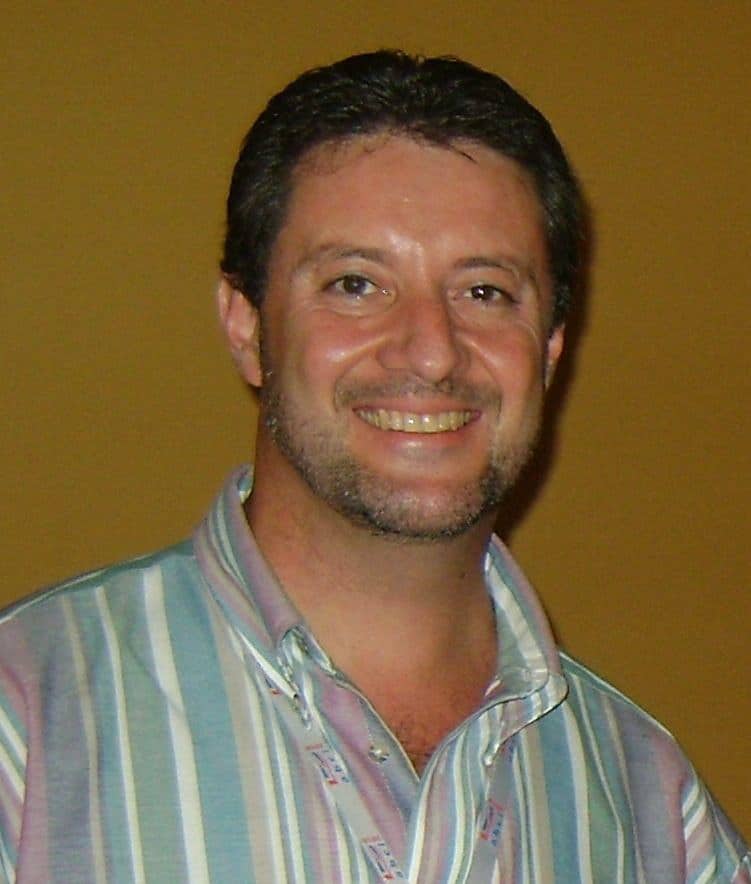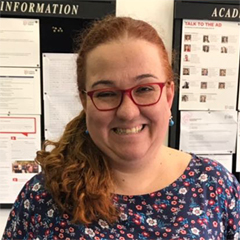A lot from a Little IV: America the Ugly…
Continuing this series of exercises based on less is more, this month we turn to adverts as a resource for intercultural awareness or should I say one advert in particular.
During the Superbowl in February this year, Coca Cola aired a commercial called “It’s Beautiful” which showed people doing typical American leisure activities – surfing, eating fast food, rollerblading with backdrops such as the Grand Canyon. In the meantime, the song “America the Beautiful” plays in the background. You can see it for yourself here:
https://www.youtube.com/watch?v=443Vy3I0gJs
At first sight, you might think there’s nothing unusual about this ad, Coke is the quintessentially American brand after all. But if you pay close attention, you’ll hear that the song is actually sung in a number of different languages, each line in fact corresponding to Spanish, Tagalog, Hindi, and Hebrew – all in all eight languages in less than a minute. You then notice that the people in ad are not WASPs but actually represent the diverse races and creeds that exist in today’s America.
You’d think that this would be an innocent bit of marketing highlighting the cultural melting pot that is the US today and that no one would object – you’d be wrong. The ad created an enormous controversy in social media with extreme racist opinions expressed via Twitter in particular. For example, tweets like this were sent: “You can’t sing this song if you don’t speak English” or “Let’s take an American patriot song and make it foreign. Good one Coke!” America the Beautiful just became America the Ugly!
Like the video I explored in my first post here, the video went viral due to these offensive comments and the subsequent ones which defended or attacked the racist position. But, interestingly, after a careful search online I came across a lot of other “experts” giving their opinion about the ad.
For example, linguists began to enter the debate on sites such as Language Log https://languagelog.ldc.upenn.edu/nll/?p=10142#more-10142. Here the comments were of a very different nature, the linguists complained about bad accents and poor translations. For example, “it’s Hebrew but I wish they had found someone without such a heavy American accent”, “I agree that it felt good hearing Tagalog sung in one of the lines but it could have been more aptly translated”.
What I found interesting about these comments is the focus on these tiny details of language and performance and failure to see the combined effect of these voices code switching from one tongue to another – celebrating as they do the ethnic diversity of a country that some would clearly prefer to deny.
Judging from all the comments from linguists and so on, it could well be that Coke chose foreign language speakers with a clear American accent deliberately to emphasise the fact that these speakers are American-born children of immigrants, their accent crucially marking their cultural identity. The voices perhaps sum up that feeling of partial assimilation that so many of us who live in another country have felt at one time or another. If so, it’s a brilliant example of how languages live side by side in today’s globalized world and therefore I think well worth showing in the classroom as a cultural artefact if nothing else.
But once again, like the clip I discussed some weeks ago (https://richmondshare.com.br/file-under-materials/) , this is an example of how online reaction can transform a simple 1- minute ad into a viral video whose broadcast has had astonishing repercussions in American society. That’s the beauty of Coke’s campaign, of course, that it raises issues and leads to debate. However, what’s new is the medium – it’s the nature of online video that all this debate take place in comment boxes and twitter feeds which I believe prompt people to churn out these insults or knee-jerk reactions. Insults in social media or the language errors detected in linguists’ blogs– either way such commentators rarely see the bigger picture.
I’ll be discussing this topic at more length in my plenary “No Listen the Ask: Emerging Englishes and Transnational Spaces” at the Braztesol Convention next week. Hope to see you there!





